New initiatives implemented to address school safety
UCS requires high school students to wear lanyards, Utica High first UCS school inspected by local police K9 units
Jim Malczewski, Shelby Twp. PD, courtesy photo
K9 Morpheus was one of two Shelby Township police dogs that searched school property Dec. 6. A total of nine dogs inspected the school.
Adjustments announced
New safety procedures are constantly being introduced and enforced, and Utica Community Schools took its next step in ensuring the safety of students.
On Nov. 29, principal Tom Lietz made an announcement to the school, informing students that as of Dec. 4 students must wear a lanyard with their school ID card.
“You’ve all heard grumbling about this, but it’s going to happen. I wanted to make sure that we’re being up front and talking about it and give you guys time to ask questions and get things in order,” Lietz said in an announcement over the public address system. “Starting Tuesday, Dec. 4, we are going to be requiring that all students wear lanyards with their ID badges in school at all times.”
In addition to wearing lanyards, Lietz also announced that the school would be working with local law enforcement to conduct inspections using police dogs. This search took place on Dec. 6.
“I don’t think this is a bad idea,” senior Andrew Slanec said. “I think you can do whatever you want, just don’t do it here.”
As of Dec. 4, students in all UCS high schools are required to wear their ID cards on a lanyard around their necks at all times. Students that do not have their ID must purchase on for $5 in the main office. Although many students opposed the new rules, some teachers looked for other opportunities to use these lanyards to their advantage.
“Since the student IDs have bar codes, I’ve been able to get a bar code scanner for attendance,” teacher Rebecca Watterson said. “I can use it to see who’s here, who isn’t, and who needs an ID. If there’s another purpose for the IDs rather than identification, it may be more meaningful to students.”
The media center has also used the new lanyard procedure to their advantage, changing procedures for monitoring laptops.
“As students check out a laptop from the Media Center, they will switch their IDs for these passes,” media office clerk Suzanne Hathon said to staff in an email, “so you may see students wearing these lanyards instead of their IDs.”
K9 units search building
While the first visit from the police K9 units was announced for training purposes, some students were surprised when the parking lots were searched. However, Lietz’s email and announcements clearly stated that “school property” would be searched for prohibited materials and substances.
Classrooms and halls went into lockdown during the search, and panic seemed to spread throughout the student body, even for those who had nothing to hide. Several students were asked to open their cars to be searched, after a dog marked their cars.
“I was nervous and mad that they thought that–out of all people–my car would contain drugs,” senior Nathan Montalbano said. “I was very glad when they found nothing, because I didn’t have anything to hide.”
Police dogs are trained to smell a large variety of drug paraphernalia. According to Lietz, these substances include drugs, alcohol, tobacco, marijuana, and even vape juice. Students are still concerned, however, that they’ll be penalized for having pain killers.
“Let’s say you’re a student and you hurt yourself and you’re prescribed a mild opioid,” Lietz said. “By process, your parents should come in and say you need to take this medication and leave it in the office. But let’s say they didn’t, and a dog tagged your bag and we found that in there. Am I going to suspend you for that? No. I’m going to call a parent in and tell them they need to fill out a medical form, because it’s the right way.”


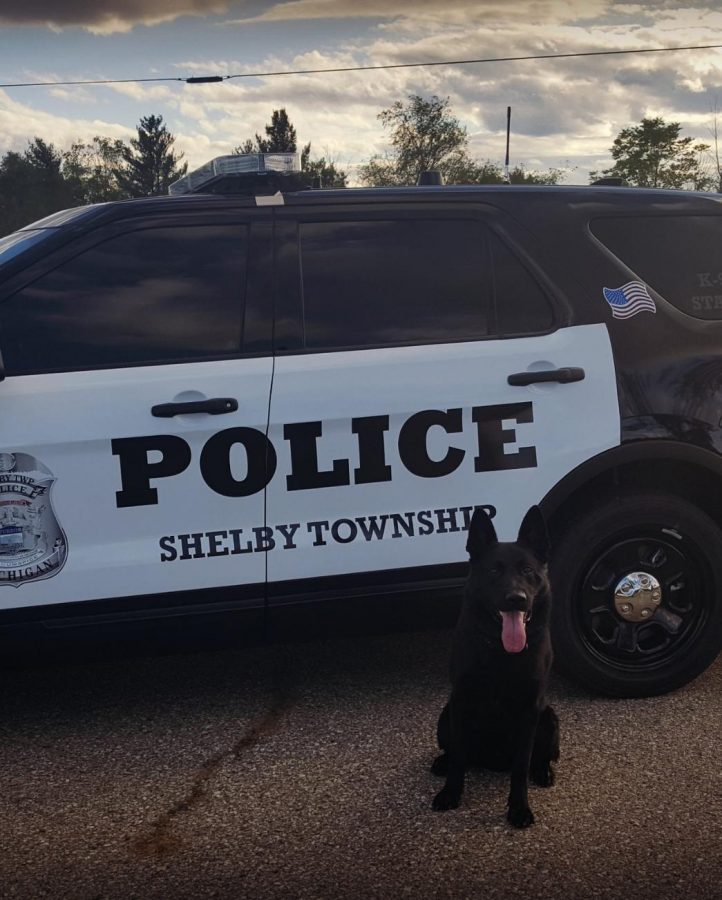
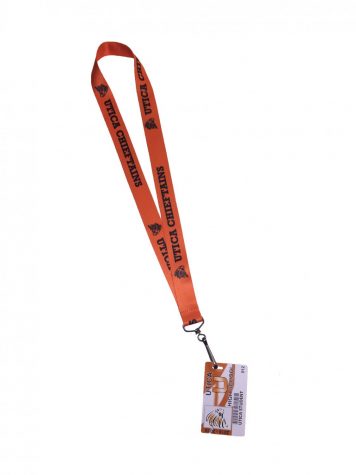
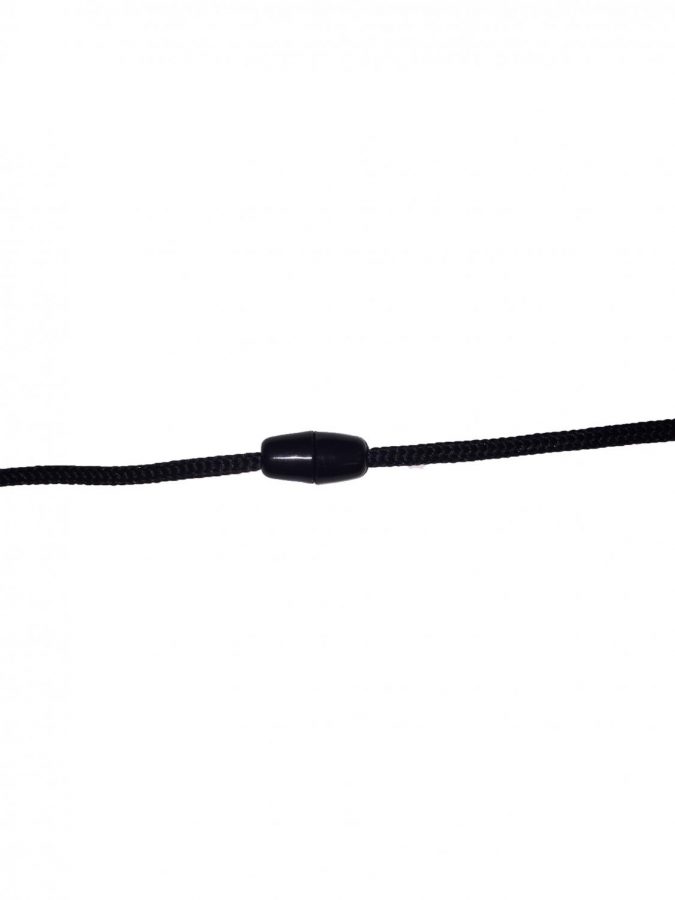
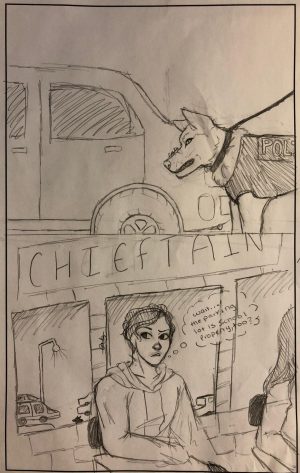
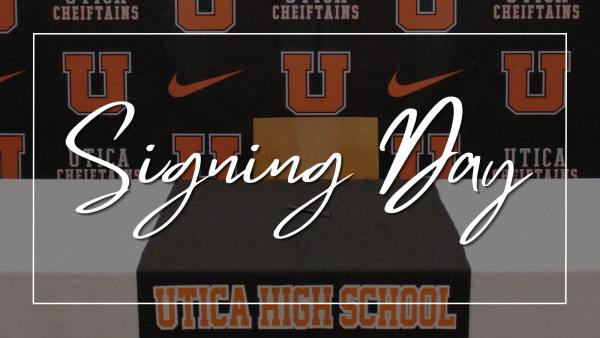
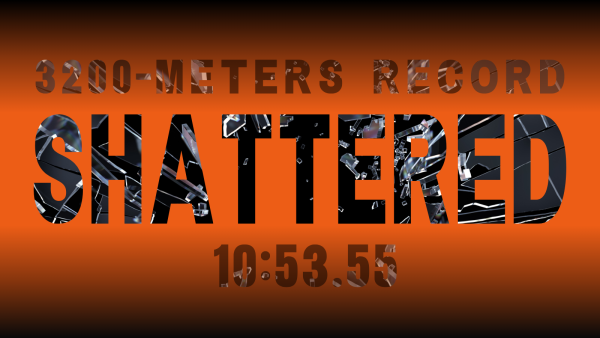


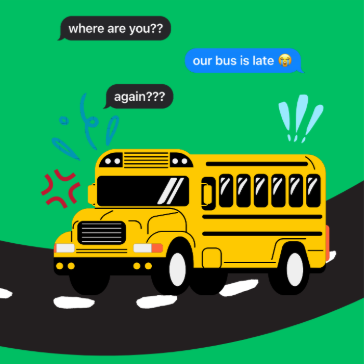
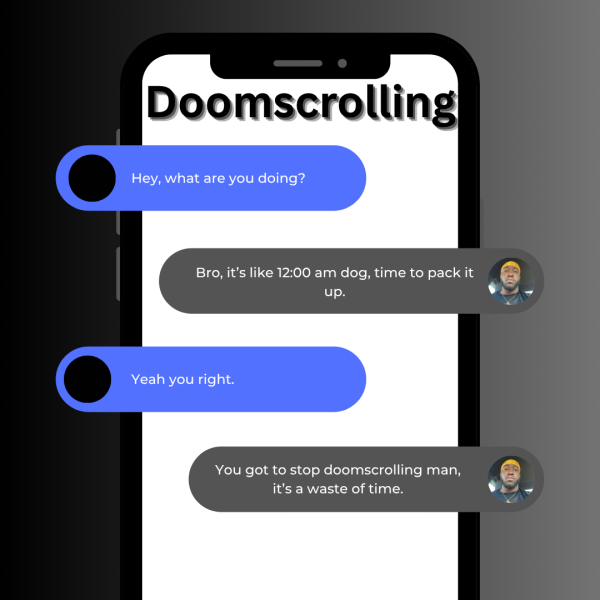

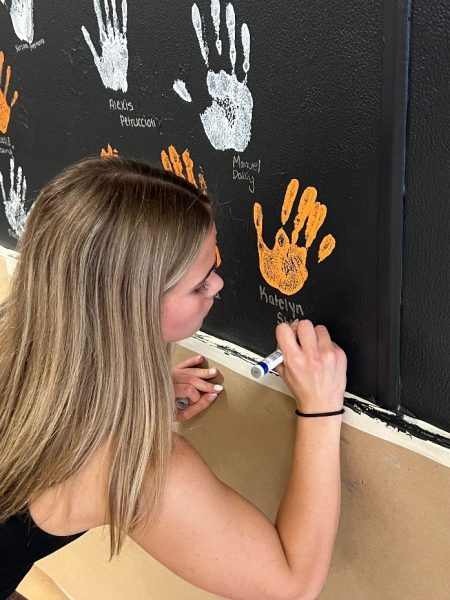
Ryan • Apr 24, 2019 at 11:32 pm
Lanyards are one of the most amusing childish ideas I have ever seen the UCS school board create. I like how the article mentions how a teacher had to use them for identification because she is too pathetic to even remember her students’ names and faces. Lanyards are removing students’ individuality. They are also just a cheap trap for the school to steal money from unfortunate students who forget their lanyards at home. And the major point addressed by this article is how lanyards will greatly improve safety – they won’t. It’s a false sense of security. It is like telling kids ducking under their desks will save them from a nuclear blast. It doesn’t take a genious that a one millimeter thick piece of plastic wont save your life when someone is running around your school shooting metal at high velocities meant to penetrate two by fours. Another point implied by the “safety” idea is that lanyards will prevent school shootings – you guessed it, this is also false. If someone were to confront an unwanted visitor who happened to be holding a loaded gun and kindly asked them to leave since they didnt have a lanyard on, let’s just say social darwanism would become a proven fact of society. As for students lying about their name – I’m pretty sure the real identity of the student would be very obvious when they are brought down to the school’s main office. The whole “sign out computers with your ID card thing” is pointless. Why would you even need to sign out a desktop computer? Are the librarians worried you’ll start picking keys off the keyboard right in front of them and they wont know who did it after the fact? I conclude, lanyards are useless. Please UCS, actually make a useful policy for once, thank you.
Madalyn Dishman • Apr 26, 2019 at 1:57 pm
Editor’s note: The article does not mention “how a teacher had [students] use [IDs] for identification because she is too pathetic to even remember her students’ names and faces.” It did, however, include an interview from a teacher that has students swipe their cards as they enter the classroom to save time taking attendance.
Evan Gray • May 3, 2019 at 11:22 am
*genius, but thanks for the feedback